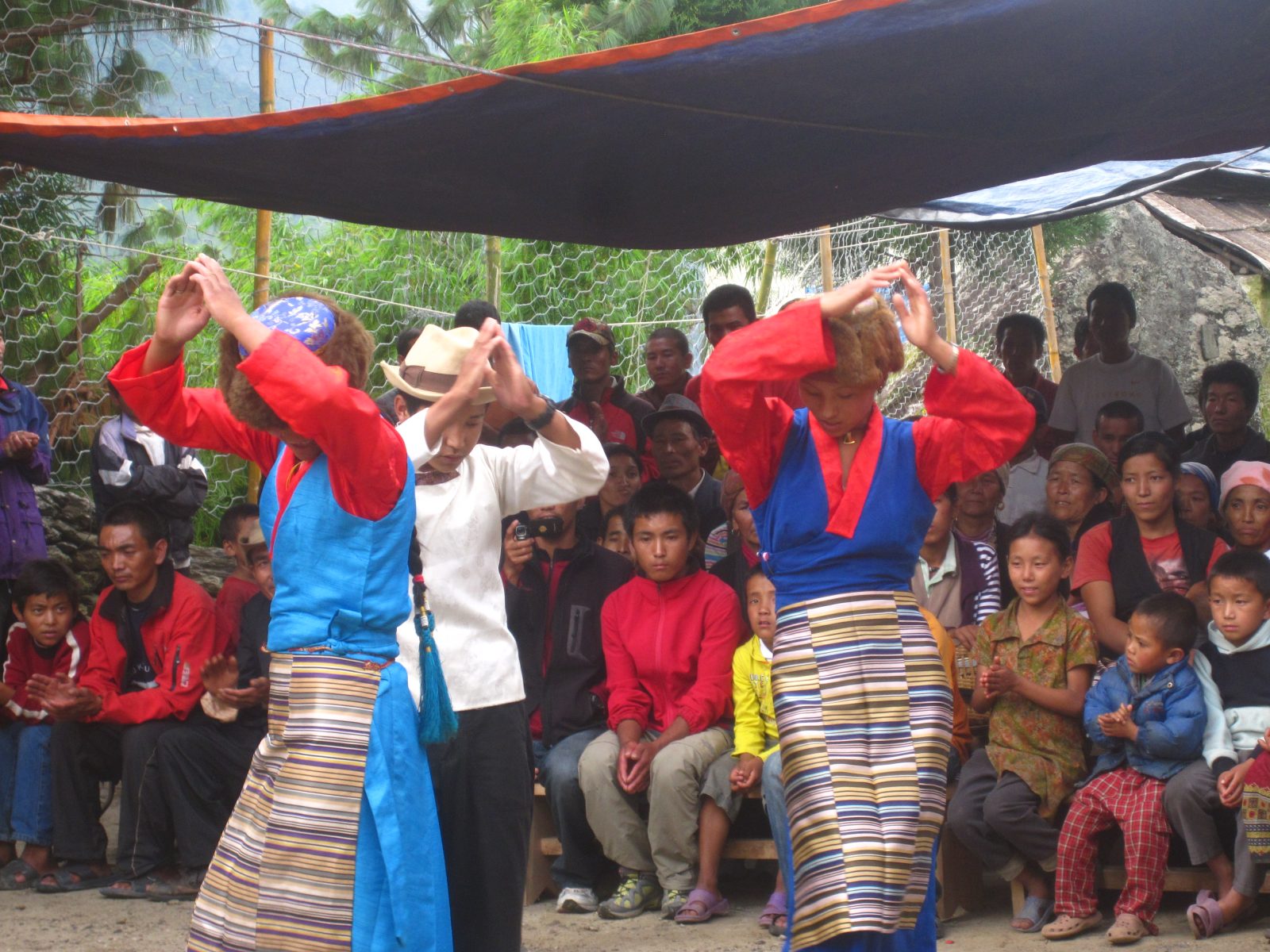
Happy New Year Nepal!
It’s the year 2082 in Nepal, but it’s also 2025, 1146, 2152 – the year of the Wooden Snake!
FOR OUR CLIENTS CURRENTLY TREKKING AND HOLIDAYING IN NEPAL THEY’LL ALSO BE ABLE TO ENJOY A NEW YEAR CELEBRATION, WHICH WELCOMES IN THE YEAR 2082!
Although our calendar, the Gregorian calendar, is recognised in Nepal they also have others which are also used so it’s currently the year:
2025 AD / CE, & 1146, & 2082, & 2152
Below is our guide Pasang Lhamu on her way to Everest Base Camp today (14th April 2025) who will be enjoying the New Year celebrations in the mountain villages this evening.
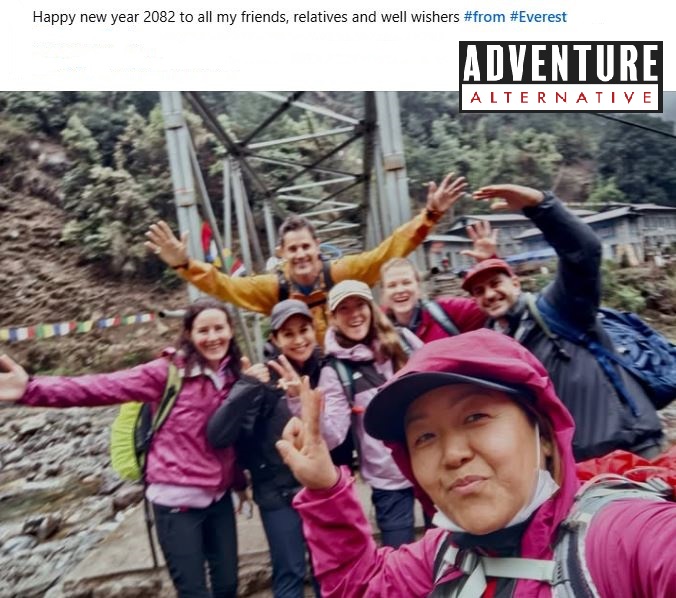
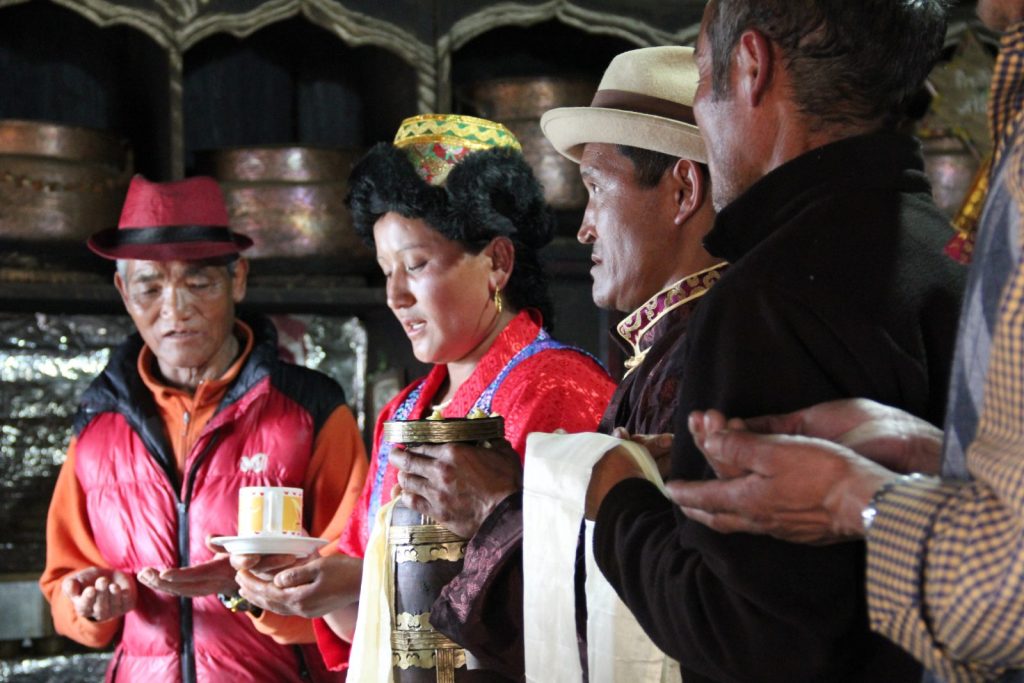
2082: Is taken from the official calendar in Nepal the Bikram Sambat or Vikram Samvat calendar, which is approximately 56 years and 8 months ahead of ours. The number of days in each month changes each year and can go up to 32. The Bikram Sambat / Vikram Samvat calendar is mostly used in Nepal and India but some countries or regions of them, also use it like Indonesia, Bangladesh, Sri Lanka, Thailand, Malaysia and Bhutan.
1146: Then there is also the Nepal Sambat national lunar calendar of Nepal. This started to be used on the 20th October 879 AD and was in widespread use for all daily purposes until the beginning of the 20th century. Today, it is used for ceremonial purposes and to determine the dates to celebrate religious festivals and commemorate birthdays and death anniversaries.
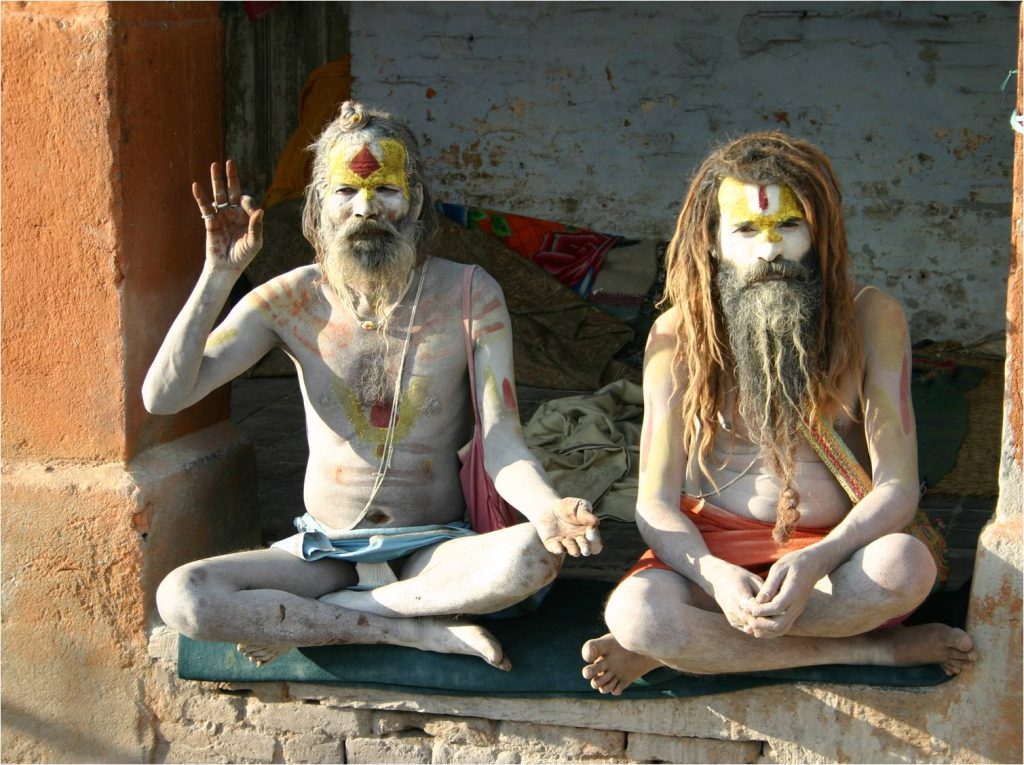
2152 Year of the Wooden Snake: Meanwhile up in the mountains for the Sherpa people – well it’s all different again! For the Sherpas it’s 2152, the year of the Wooden Snake. The Sherpas originated in Tibet, which is what Sherpa means – a person (pa) from the East (sher). Since they are traditionally Tibetan Buddhists they follow the Tibetan Calendar, which is composed of either 12 or 13 lunar months, each beginning and ending with a new moon. A thirteenth month is added every two or three years, so that an average Tibetan year is equal to a solar year plus they follow a system of animal years. Their New Year is called Losar, which is celebrated on the first day of the lunisolar Tibetan calendar, which corresponds to a date in February or March in our Gregorian calendar.
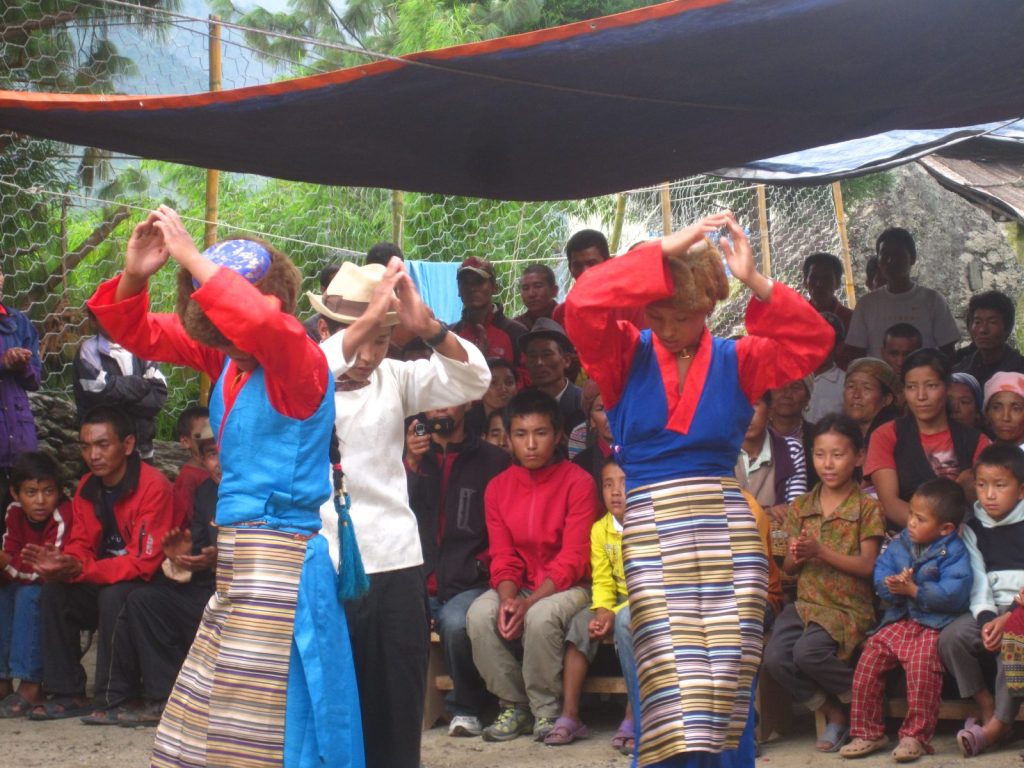
The Nepalese love a party and they start the New Year with a big procession in Bhaktapur which was the capital of Nepal during the great ‘Malla Kingdom’ until the second half of the 15th century. Today it is the third largest city in the Kathmandu Valley and is about 14km from Kathmandu centre. It’s a popular and amazing place to visit and is listed as a World Heritage Site by UNESCO for its rich culture, temples, and wood, metal and stone artworks.
The New Year or ‘Navavarsha’ is one of many festivals celebrated in Nepal with parades, parties, family gatherings and a lot of food & drinks!
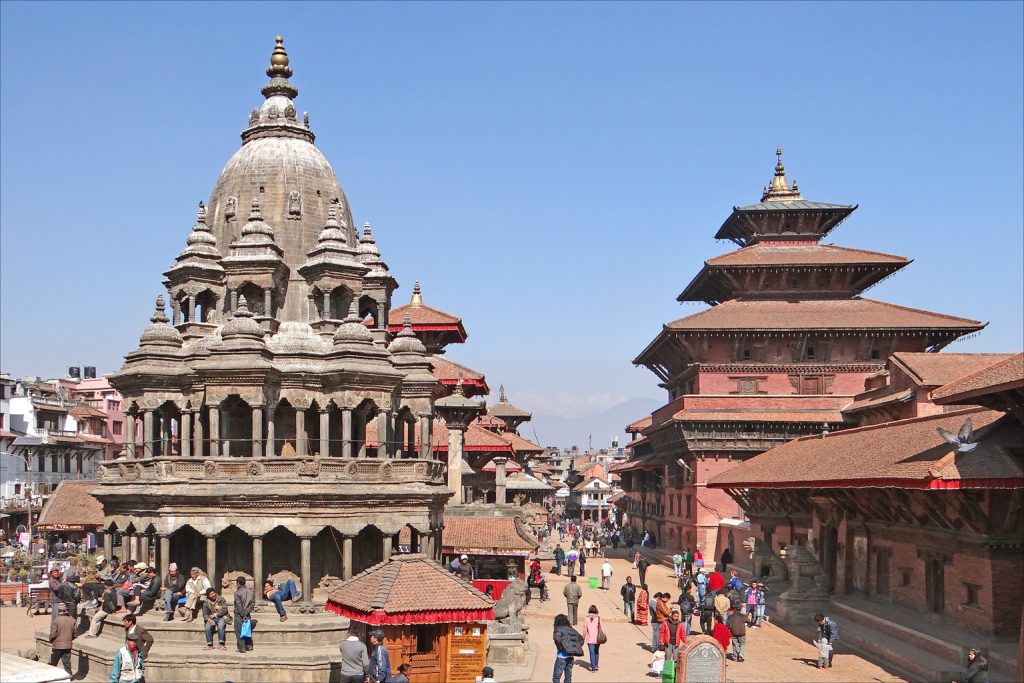
So in summary, if you want a party – there’s nearly always one happening in Nepal, even at the base camp of Mt Everest! – check out Paul Oakenfold running a charitable gig at Everest Base Camp in 2017: http://www.bbc.co.uk/news/world-asia-39586287
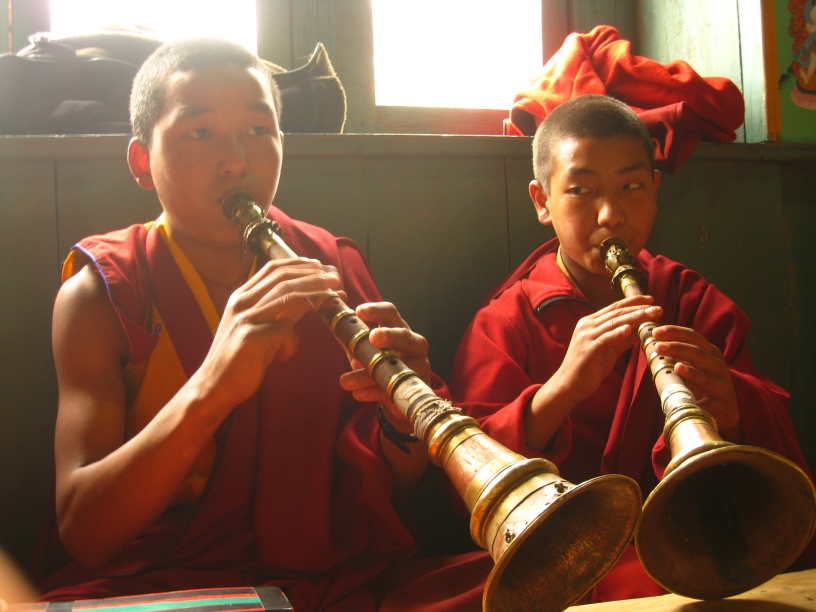
Related Articles
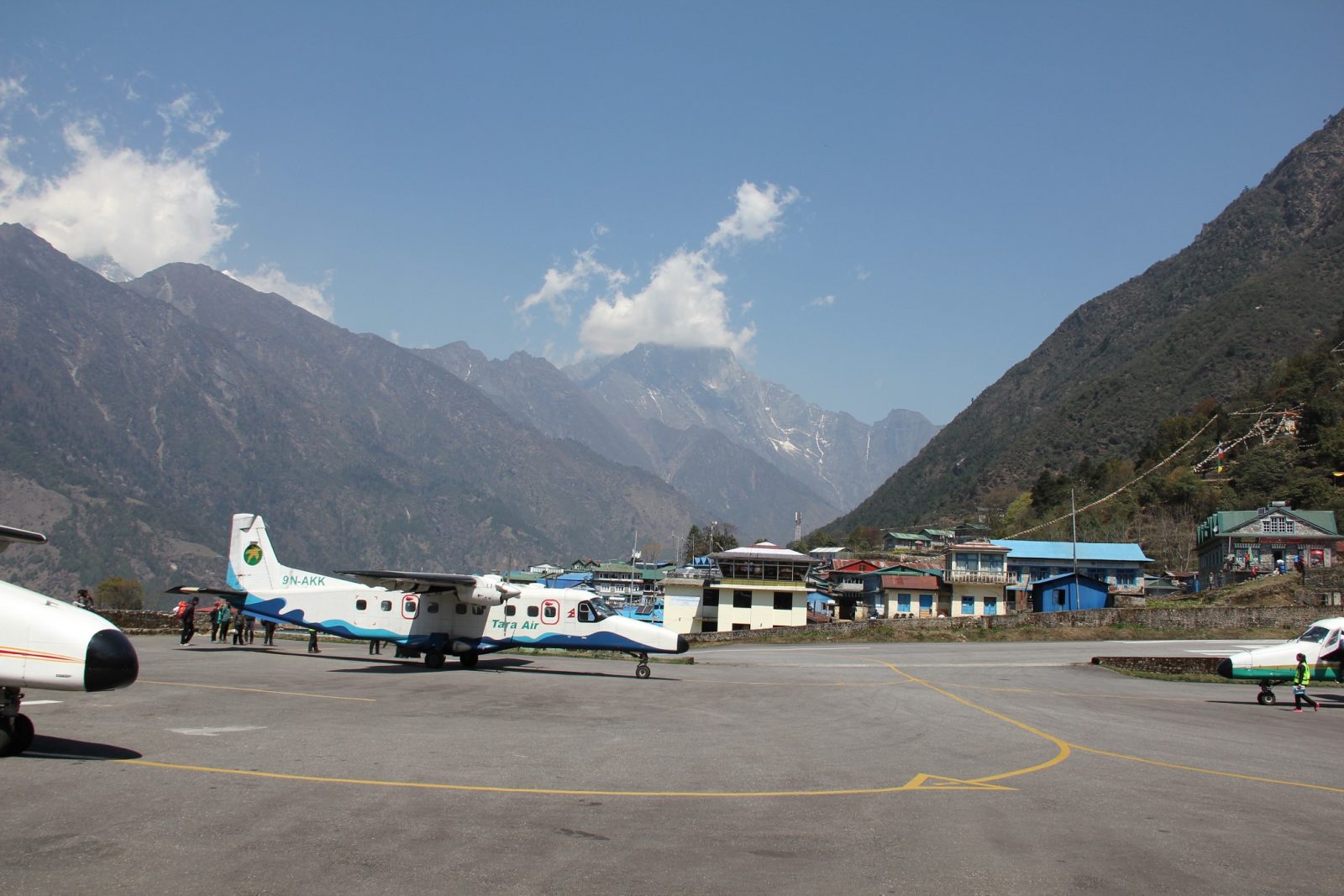
The Road to Everest
It used to be that the quickest way to get to Everest Base Camp was to fly into Lukla airport. Now all that is about to change with the building of...
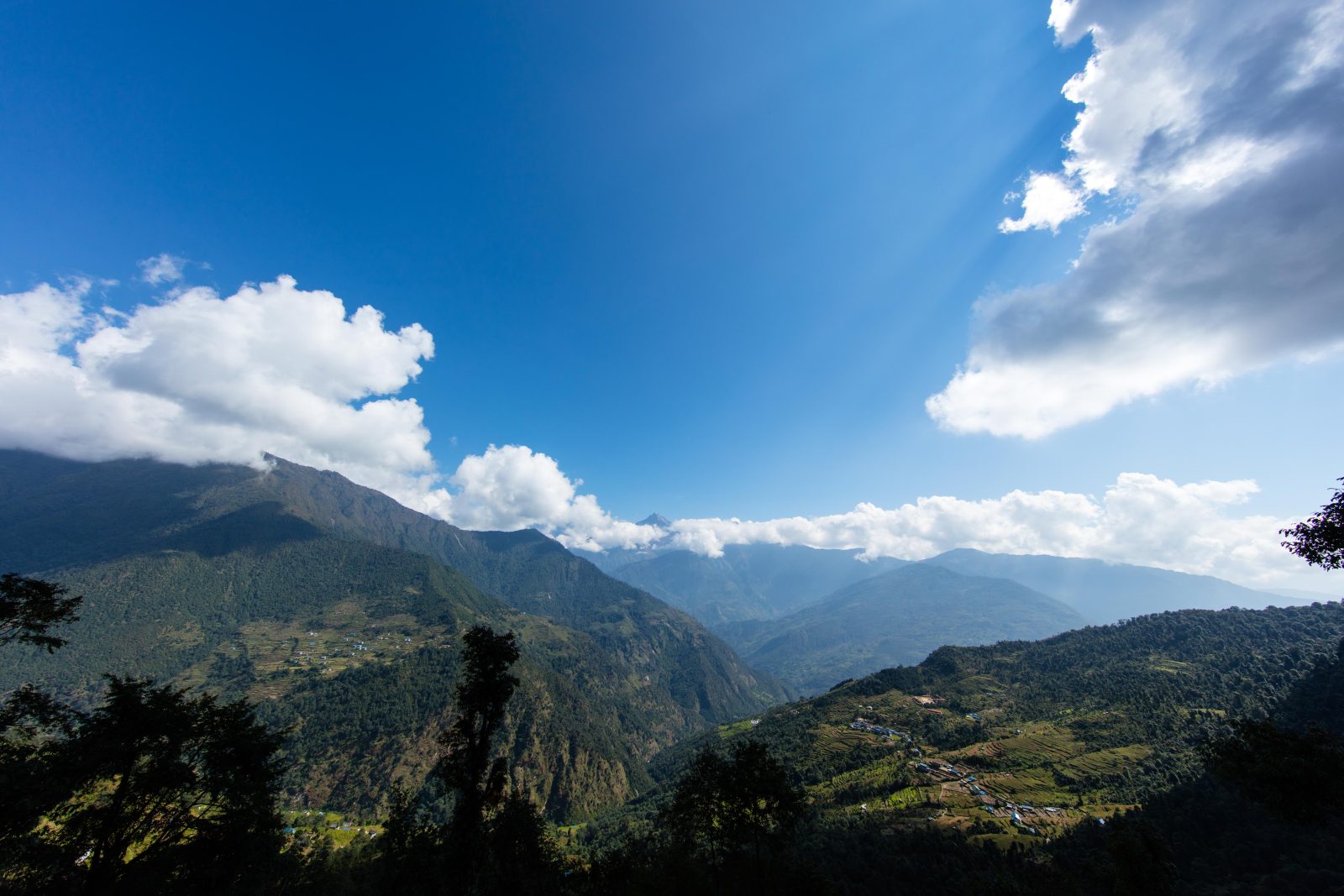
Trekking With Children in Nepal
There are no rules or laws that restrict children trekking in Nepal and it is the perfect place to combine stunning scenery with an incredible...
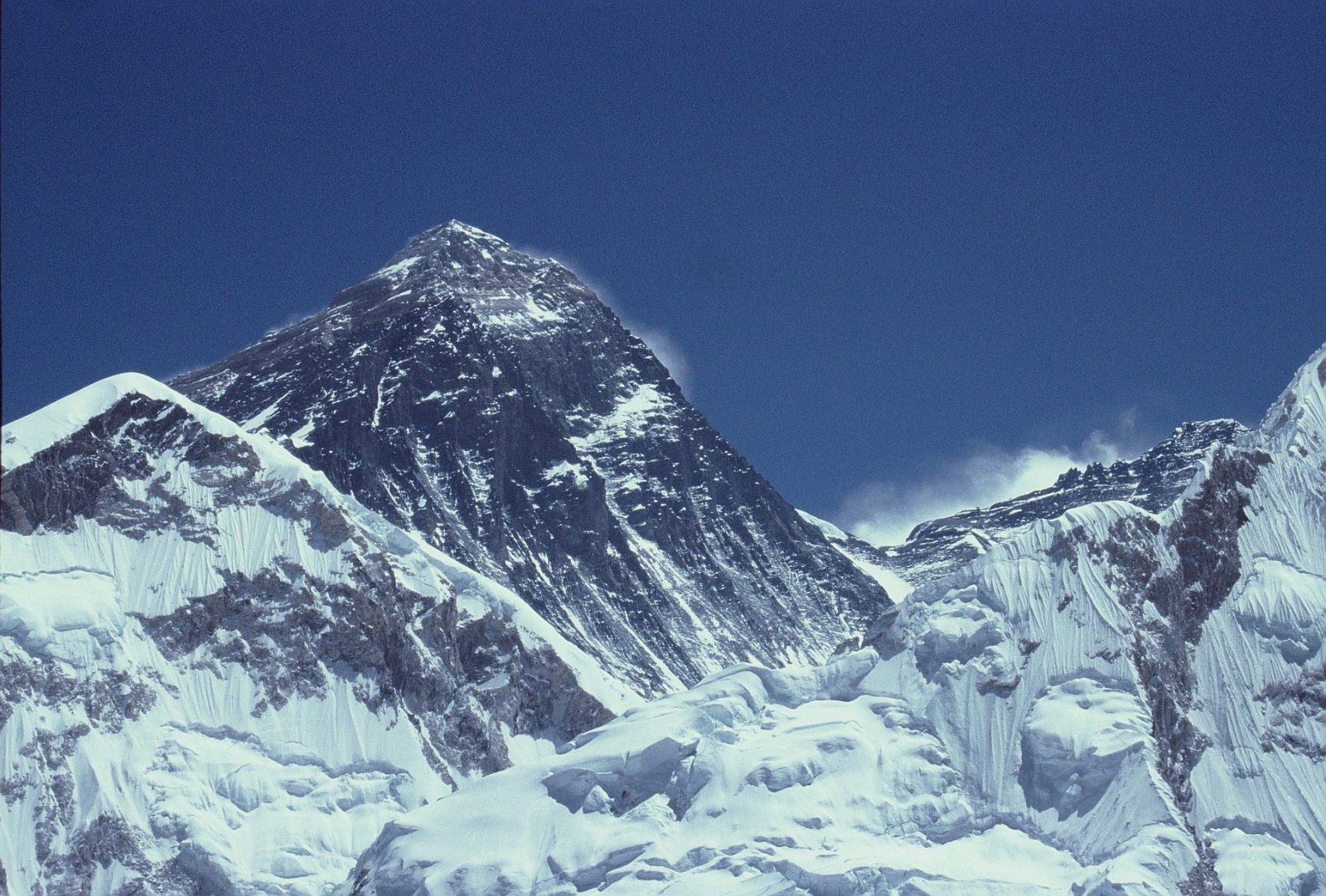
Faking Mount Everest?
An interesting story has come about towards the end of this years season on Mount Everest concerning the claim from an Indian climber that his...

How Hard is it to Trek to Everest Base camp?
A trek to Everest base camp is a very realistic opportunity for most people who enjoy the outdoors and have a good level of fitness and...
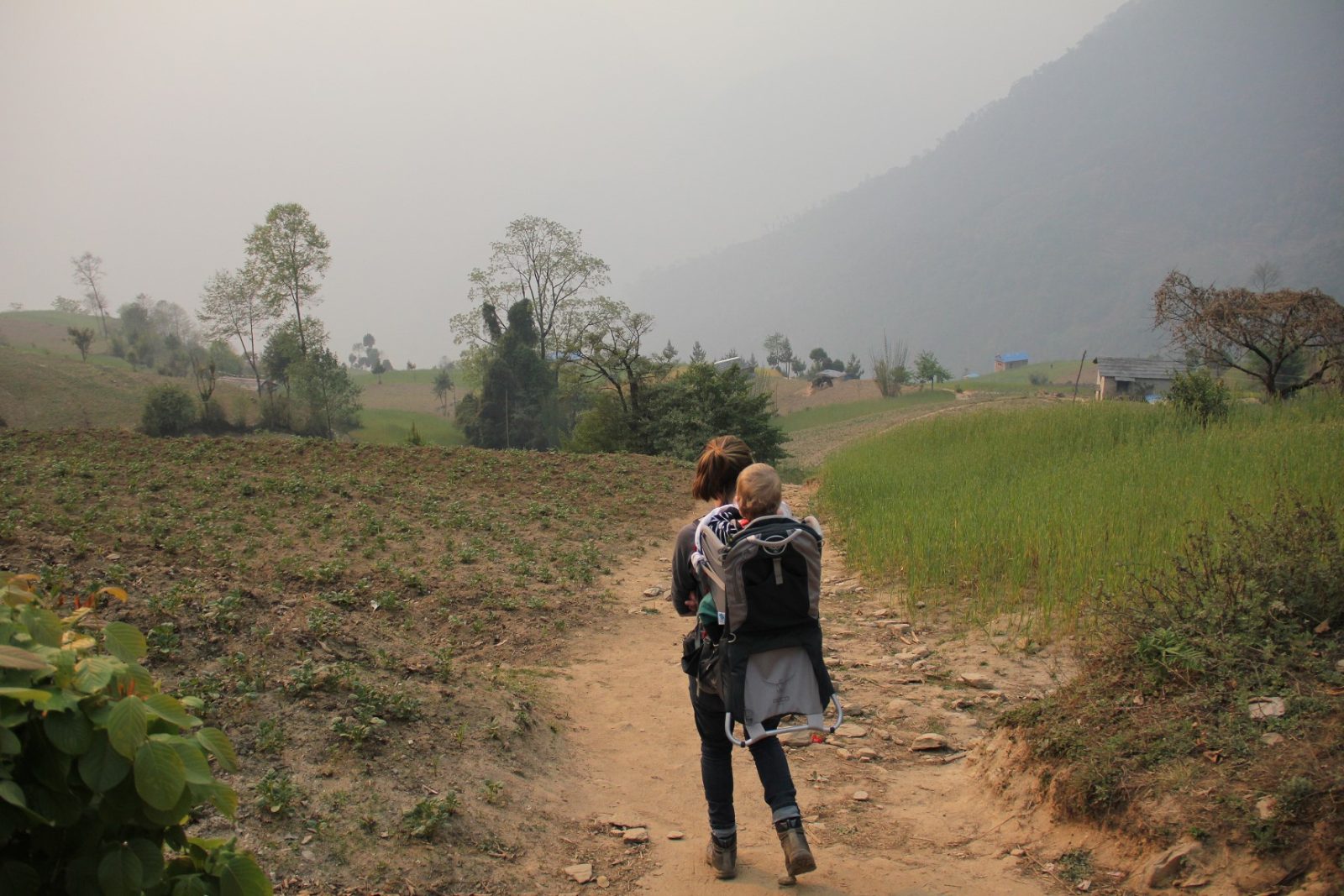
Trekking With Young Children in Nepal
I remember a friend saying he was looking forward to when his children were six or seven years old so that they could go travelling as a family to...
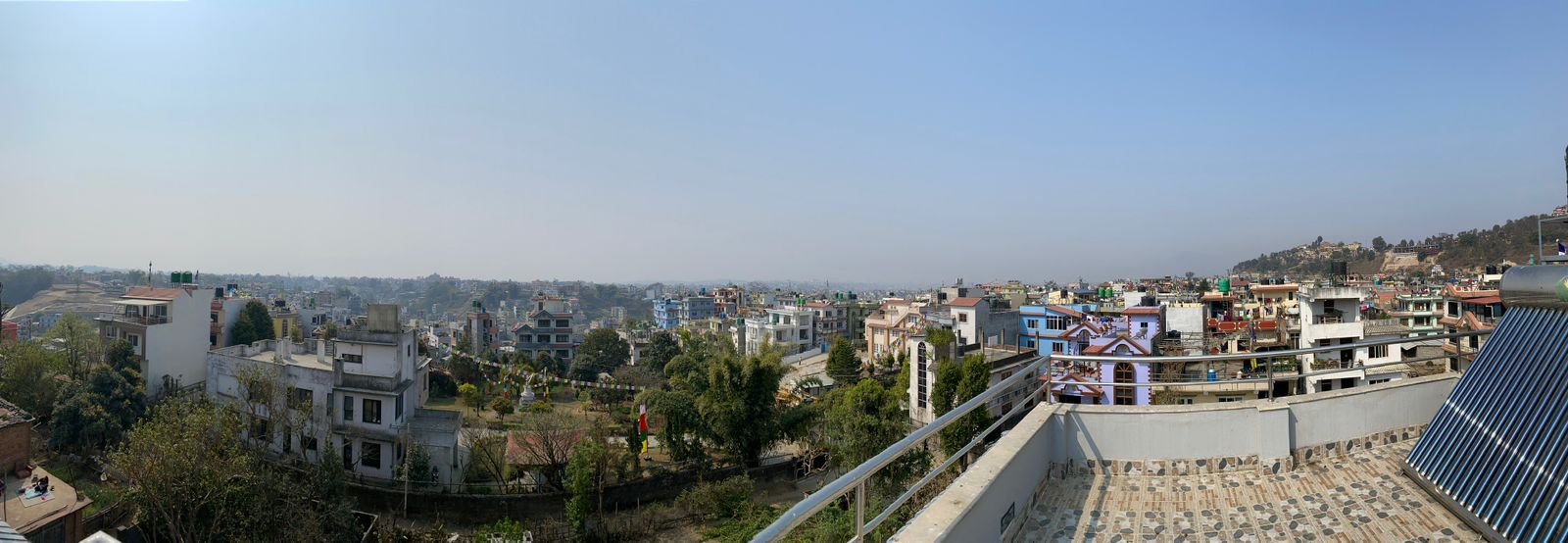
Accommodation in Kathmandu Guest House
We welcome trekkers, climbers, volunteers, medical students and travellers to the Adventure Alternative guest house in Kathmandu where you can get...
Nepal Named as Top Travel Destination in 2017
It seems like it’s finally the Nepal’s time to shineNepal’s name is in lights once again thanks to the travel experts at Lonely Planet, who...
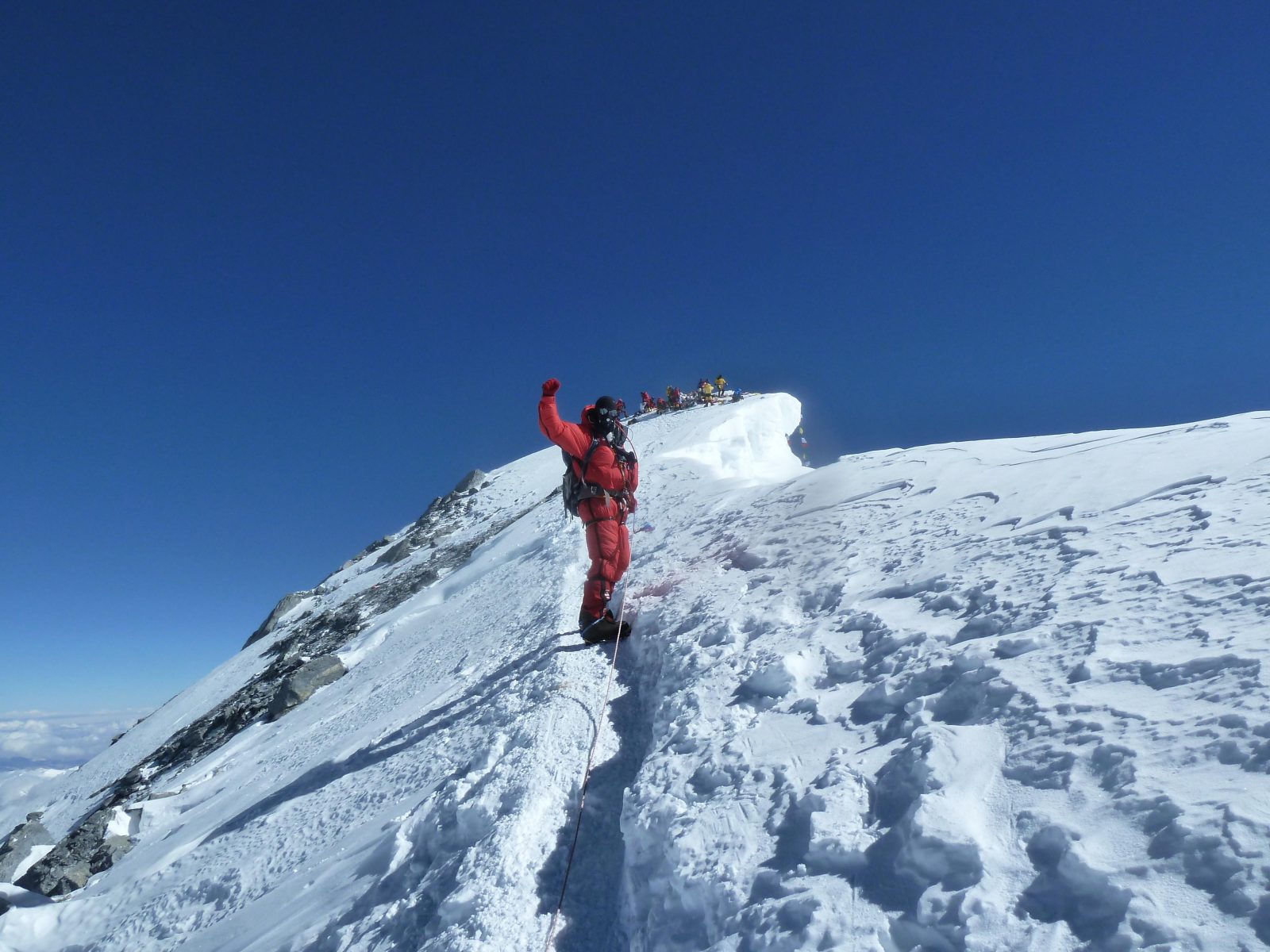
How Much Does it Cost to Climb Mount Everest?
The quick answer is about $45,000.00 but there are several choices to be made when climbing Mount Everest and each have different cost...
